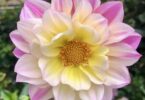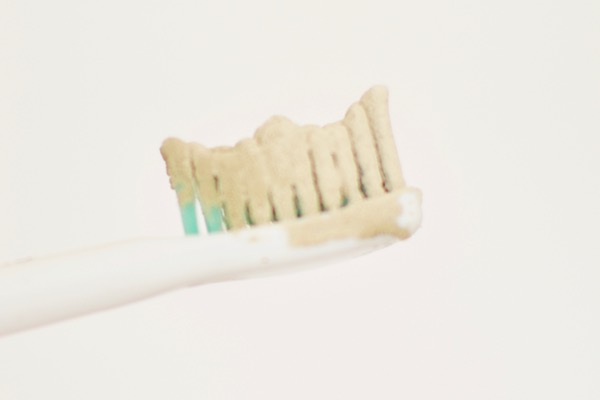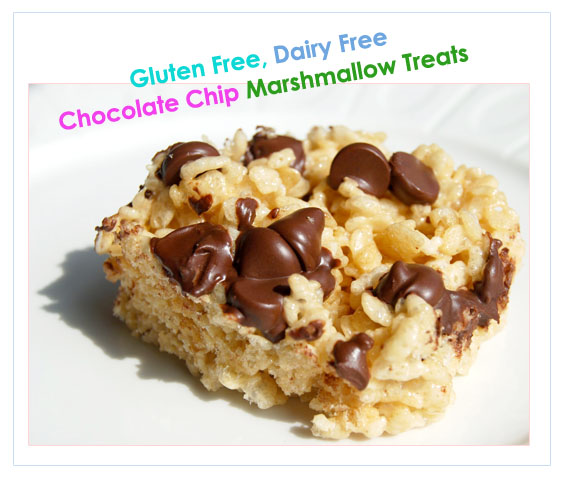Ever wanted to eat more nature? Here are 8 healthy shrubs you can eat:
There are so many amazing herbs and plants that serve as natural remedies, weight loss foods, and skin treatments. If you look out into your herb garden, you’d be amazed by the variety of health benefits offered by your herbs.
But there are so many more plants out in nature that can offer similar benefits. The plants may not look like much, but you’d be amazed by all the healthy shrubs you can eat or use as a healing remedy. Here are just a few:
- Elderberries — These amazing little berries grow on a shrub that can reach up to 10 feet in height. The berries begin to grow in spring, but by September, the shrub will be loaded with ripe, juicy fruit ready to pick. Elderberries are amazing at fighting colds, and they can help you combat a strong flu.
- Clover — It may sound odd to eat a clover, but the truth is that these plants are surprisingly nutritious. They’re loaded with chlorophyll, fiber, and phytonutrients that provide a wide range of health benefits. You can eat both regular and red clover, both of which grow in abundance during the spring and summer!
- Chicory –– If you’ve never have chicory, you’re missing out! The root of the chicory plant can be ground and made into a coffee-like drink, with a rich flavor but no caffeine. The flower–usually bright blue or pink–grows in Australia, Europe, and North America, and you’ll find that it’s a powerful remedy to take against intestinal parasites.
- Herb Robert –– This is an odd-sounding plant, but one that will be surprisingly useful as a remedy against mosquitos (when rubbed on your skin). You can use the leaves from the plant in your salads, or steeped to make a tea that offers a lot of healthy nutrients. Of the shrubs you can eat, the ones you can make tea from are always the easiest to use.

READ MORE: 10 Herbs for Headaches
- Watercress –– This plant has a lot of different names, but no matter what you call it, it’s a delicious addition to your salads and meals. They are loaded with fiber, but they have a number of compounds that give them a spicy, pepper-like flavor. Just make sure to wash before eating–they can carry parasites!
- Beach Lovage –– This plant produces large leaves that make a wonderful addition to your salads and soups. The strong flavor of the leaves makes it better as a flavoring rather than the main part of the dish, so use sparingly.
- Fireweed –– Fireweed looks like a flower, but it’s really more of a shrub or weed. Beautiful purple blooms distinguish fireweed from other plants, but the edible part of the plant is the leaves–usually when they are still young. You’ll get a lot of Vitamins A and C from this plant, and you can even eat the stem!
- Self-heal — Just by the name alone, you know that this plant offers a wide range of benefits. It’s rich in Vitamins A, C, and K, along with flavonoids, fiber, and a compound called rutin. Crush this plant into a poultice and apply it to the wounds, and it will speed up healing and improve skin health. You can make an infusion with this plant and use it as a mouthwash to eliminate bacteria in your mouth. If you make a tea with self-heal, it will be an effective way to deal with intestinal bleeding, diarrhea, and other digestive problems.
Try these plants and shrubs, and be amazed at the bounty that nature has offered for your health!








